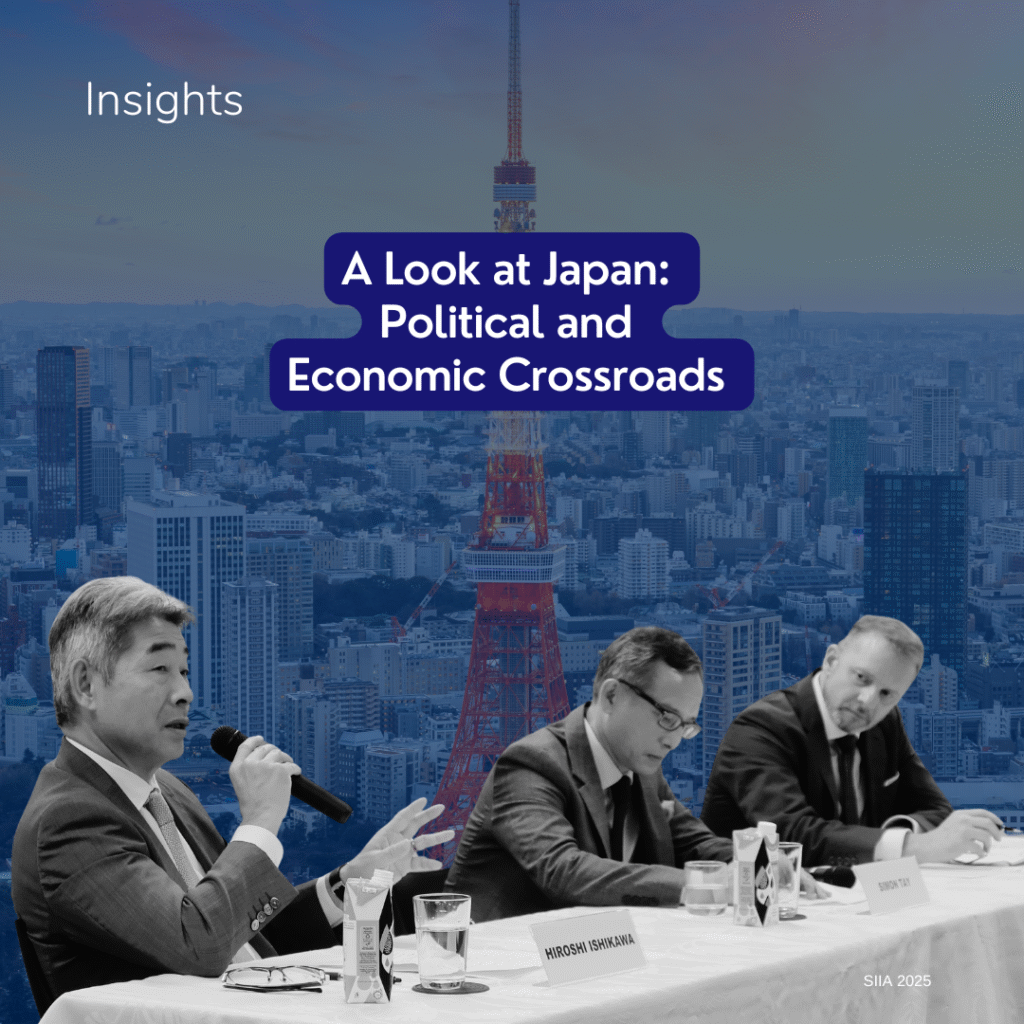Traditionally, agriculture has been one of the key drivers of economic growth within the Association of Southeast Asian Nations (ASEAN). Some sources note that nearly 25 percent of total land area in ASEAN, ASEAN 6 and Cambodia-Laos-Myanmar-Vietnam (CLMV) is currently dedicated to agriculture and this area will continue to expand.
Such economic developments often entail massive exploitation of natural resources and contribute to environmental degradation, observed Ms Lee Chen Chen, Director of Policy Programs at the Singapore Institute of International Affairs (SIIA). This would ultimately limit a country’s earnings and growth potential.
Ms Lee was speaking on the panel, “Accelerating the Implementation of Green Growth Policies in the Region,” at the Green Growth & Business Forum held from 12 to 13 July 2016, in conjunction with the World Cities Summit, CleanEnviro Summit Singapore and Singapore International Water Week. The panel was moderated by Mr Constant Van Aerschot (Business Council for Sustainable Development Singapore). It also featured Dr Channa Gunawardena (SCP Malaysia), Mr K Sadashiv (Ernst & Young LLP), and Ms Kathryn Warren (Ricardo Energy & Environment).
Statistics have shown that agriculture and related land use contribute about 17 percent of global greenhouse gas (GHG) emissions. These emissions are predominantly methane and nitrous oxide which are more potent than carbon dioxide as greenhouse gases. Therefore, growing the sector and the country in a socially- and environmentally-friendly manner is critical.
Mr Sadashiv noted that green growth tends to be directed at addressing climate change. Yet, it also concerns broader issues such as energy efficiency, natural assets, quality of life and economic opportunities. Green growth is for the longer term.
One way to achieve green growth is to implement the Intended Nationally Determined Contributions (INDCs), said Ms Warren. A country’s INDC outlines the actions a national government intends to take to minimise its carbon emissions, as agreed in December 2015 at the 21st session of the Conference of the Parties (COP21).
Despite stronger political will today, countries continue to face various challenges in implementing green growth. According to Dr Channa, many agencies are usually involved so it is necessary to coordinate across multiple parties. Limited awareness among consumers and the private sector poses another problem.
On the flip side, the high environmental, social and human costs arising from business as usual are creating substantial momentum for change across all sectors. “The good thing is that there is actually an economic imperative to pursue green growth. Green growth can present a possible competitive advantage,” said Ms Lee.
Photo Credit: SIIA




